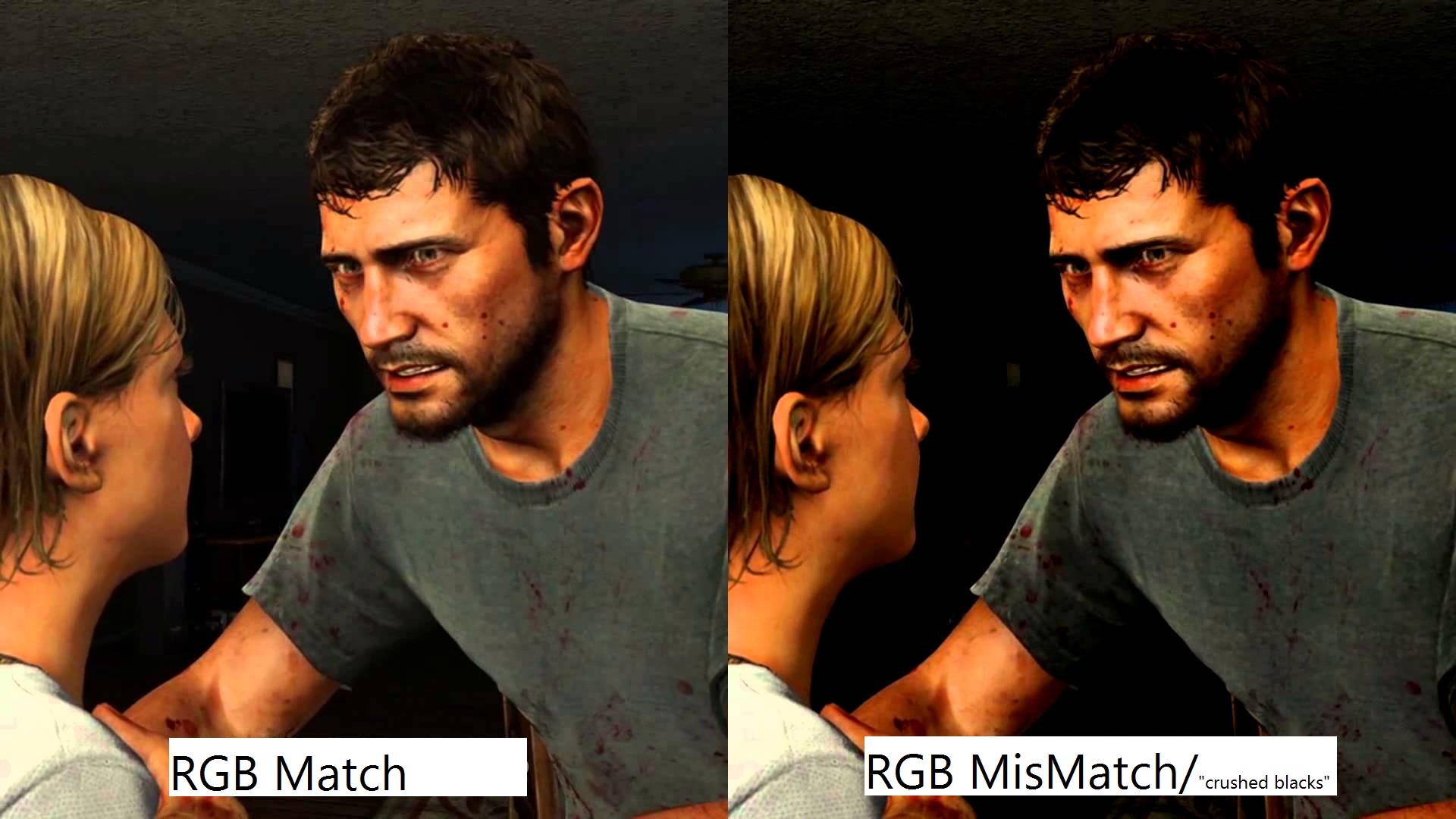So I have a Samsung 60 JU7100 (4K with a supposed update to it that made it HDR in early 2016).
My question isn't about HDR, but for both my PS4 & Xbox - I assumed that this type of tv supports full RGB. However - to reduce input lag (this tv supposedly has good input lag) you can put the hdmi's in Game mode which I did. Everytime I put the consoles in full RGB color it does seem to make the blacks blacker but maybe crushed? I've tried to calibrate using the Xbox one calibration settings on both limited and full RGB. Is this a mistake? What's the best way and is full RGB better to use?
My question isn't about HDR, but for both my PS4 & Xbox - I assumed that this type of tv supports full RGB. However - to reduce input lag (this tv supposedly has good input lag) you can put the hdmi's in Game mode which I did. Everytime I put the consoles in full RGB color it does seem to make the blacks blacker but maybe crushed? I've tried to calibrate using the Xbox one calibration settings on both limited and full RGB. Is this a mistake? What's the best way and is full RGB better to use?

